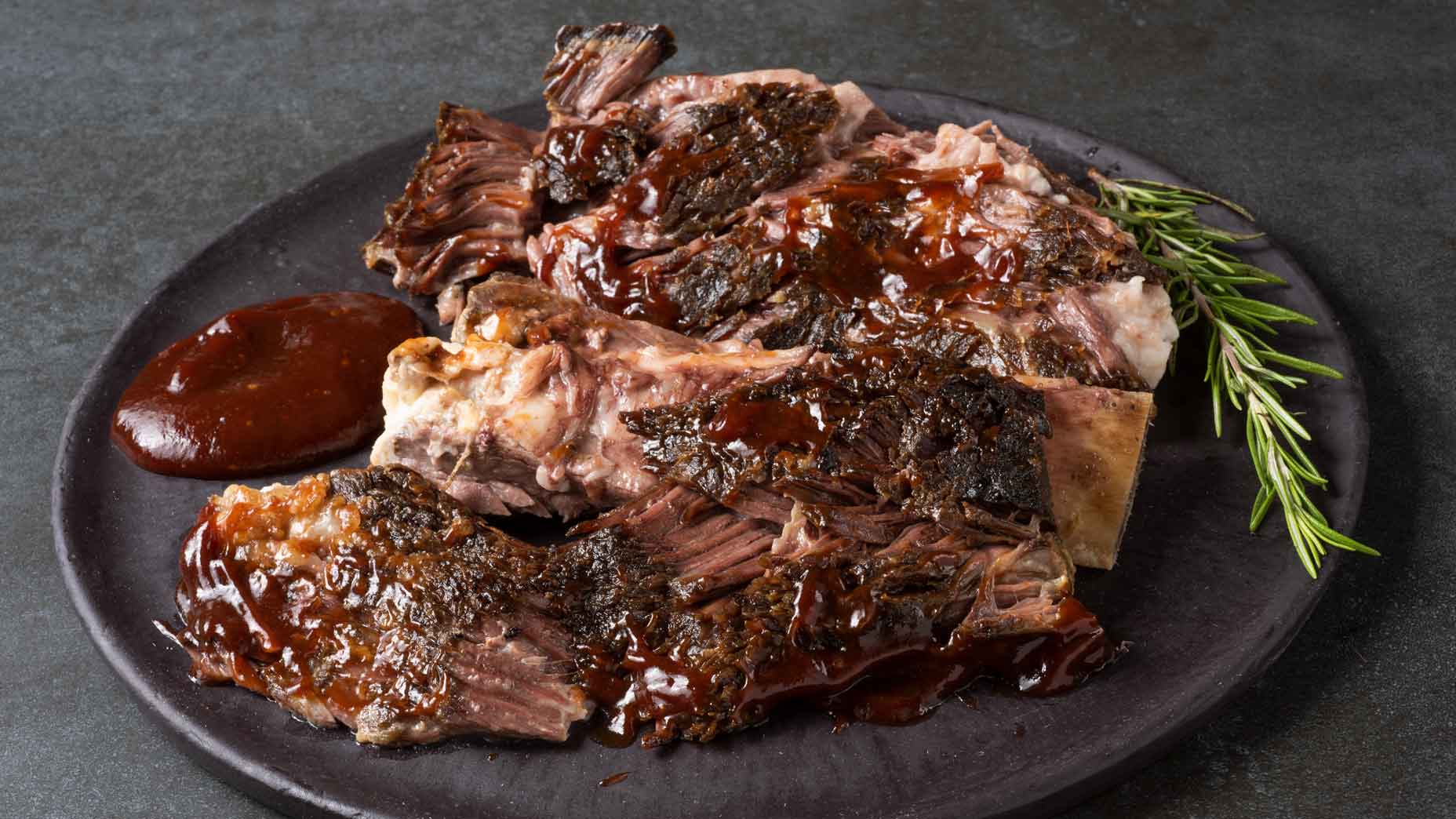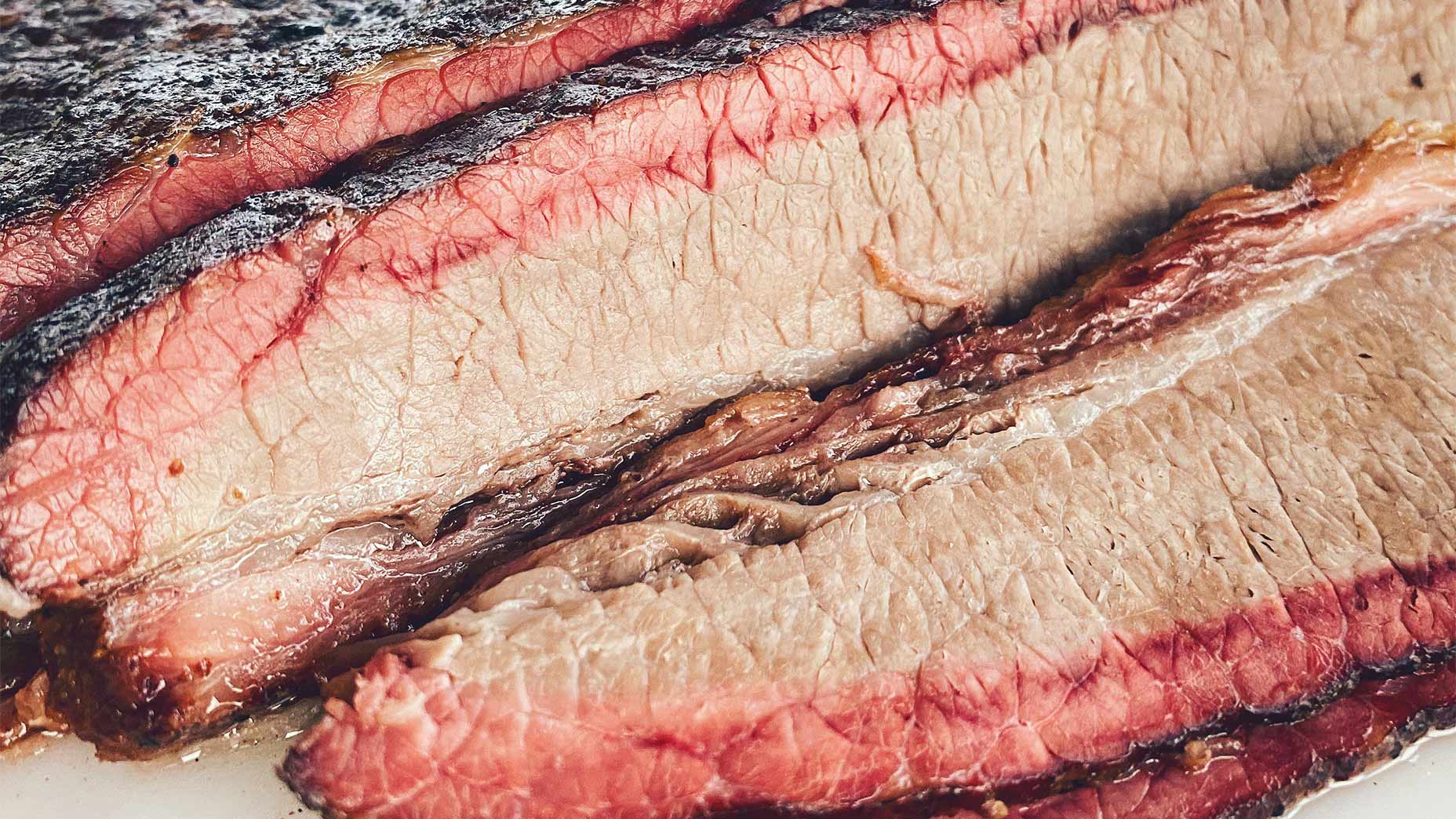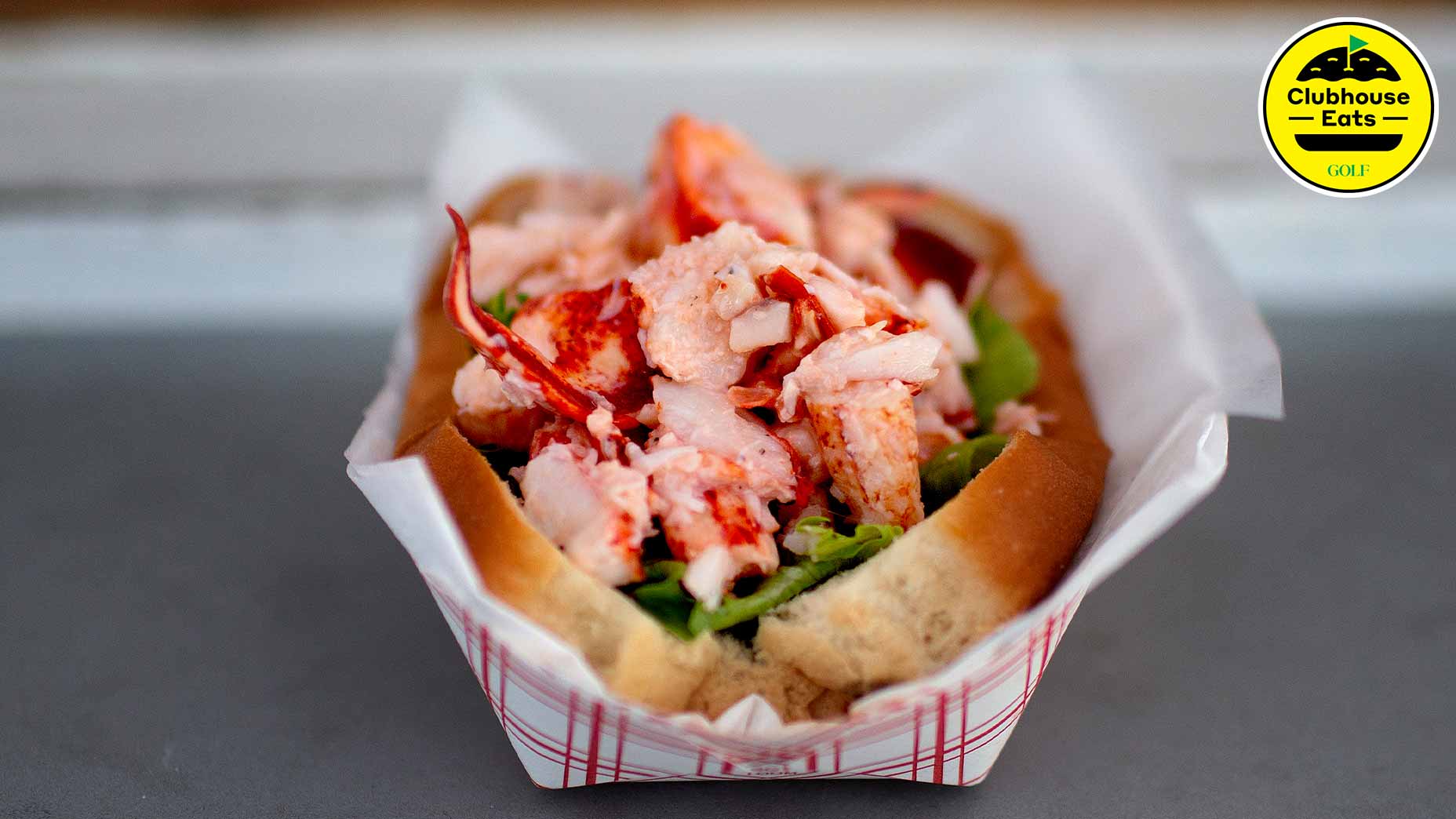The 6 keys to making killer short ribs, according to a golf-club chef

Perfecting short ribs at home is easier than you think.
Getty Images
Top chefs are like Tour pros: they make it look so simple, yet most of us could only dream of matching their results. Of course, there are exceptions. Just as any golfer can drain a tap-in, any home cook can produce a killer braised dish. The process is straightforward. All it takes is time and patience, and a few basic steps.
Tony Hooper is the executive chef of The Creag Bar & Grille, a lively redoubt at McLemore, a private golf community in Rising Fawn, Ga. Among the favorites on his menu: braised BBQ beef short ribs, a comforting, fork-tender entree that’s great year-round but especially on chilly winter nights. Chef Hooper braises his ribs in beef stock, with garlic, cloves and bay leaves, for more than five hours, then breaks the ribs down into eight-ounce portions and braises them again, basting them continually in a homemade, tomato-based barbecue sauce, laced with vinegar and Dijon mustard.
Gear up for winter golf
Explore GOLF’s Pro ShopThat’s one way to do it. There are many others. “Play around with different mixes, have fun and find your favorite,” Hooper says. As with a gimme putt, it’s pretty hard to miss, so long as you abide by a few fundamentals.
1. Do your prep
The French culinary term is mise en place, a fancy way of saying: Put everything in place. That means laying out all your ingredients and equipment in an organized fashion before you get started, so there’s no mad scrambling mid-way through. “Doing so will ensure that the ribs are cooked perfectly and you can enjoy the process,” Hooper says.
2. To marinate or not
You can, but there’s no need to. That’s the beauty of braising. Low, slow cooking in a good braising liquid imparts plenty of flavor into the ribs. Once the meat is finished, you can do what Hooper does at The Creag and continue cooking the braising liquid, reducing it to further concentrate its flavors into a delicious sauce, or a finishing glaze for your beef.
3. Brown the meat
In heavy-lidded, ovenproof pot or pan, sear the meat on all sides to create a nice, flavor-sealing crust. When you add the braising, be sure to scrape up any browned bits on the bottom. Those bits will dissolve into the liquid during slow cooking, adding depth and complexity to the dish.
4. Don’t Rush
With all due disrespect to kitchen shortcuts, there’s no substitute for the flavors that develop through slow cooking. After browning his ribs and covering them halfway to three-quarters in braising liquid, Hooper covers the pan with tin foil (you can also use a lid, or both) and oven-braises the ribs for a minimum of five hours at 250°F. “Never forget the mantra: ‘Low and slow,’” Hooper says. “Give yourself plenty of time to cook and allow the meat to break down to melt-in-your-mouth texture.”
5. Take Notes
Another benefit of braising: It gives you time to clean up while the dish is cooking, and, Hooper says, to jot down the details of everything you did, so you’ll know what worked (and what didn’t) for the next go around.
6. Work Ahead
If you’ve got the time, don’t hesitate to braise your ribs a day in advance; the flavors will only improve overnight, and life will be less hectic when you’re prepping other elements of your meal. You can keep the ribs in the pot or pan you used. Just be sure to let them cool before you place them in your refrigerator, Hooper says, “or you’ll just make your fridge hot.” When you’re ready to serve, reheat the ribs, covered, in the oven at 325°F until the meat reaches an internal temperature of 160°F.















